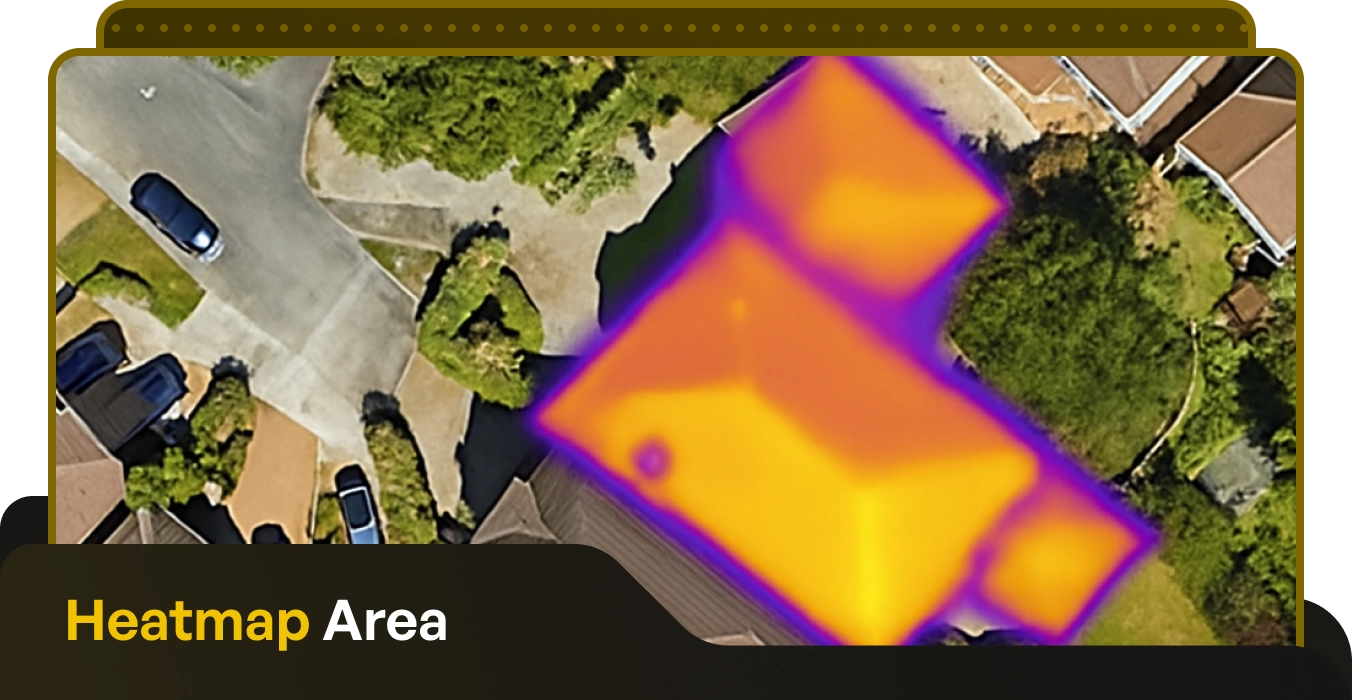53 new EV Charging hubs being installed on national roads
175 new high powered EV charging stations are being installed at 53 hubs around the country to make it easier for electric cars to top up as they travel.
Minister for Transport Darragh O’Brien announced today that €8 million in grant funding has been allocated to help
The electric vehicle charging hubs should be in place by the end of the year at filling stations, hotels, and other locations with publicly accessible parking.
This is the latest round of funding under the National EV Charging Network Plan, which aims to have EV charging station hubs located no more than 60km apart on the road network.
“We’re taking real, practical steps to make electric vehicles work for everyone. With more chargers, more choice, and more support, we hope even more people will feel confident making the switch to electric,” Minister O’Brien said.
“These high-powered chargers are a key step in that process. We’re committed to building a sustainable and cleaner transport system, and that means making it easy to charge wherever you are.”
The recharging hubs are funded through the Light Duty Vehicle (LDV) initiative operated by Zero Emission Vehicles Ireland (ZEVI), and delivered by Transport Infrastructure Ireland (TII). This phase of the initiative focused on over 1,200km of national single carriageway roads.
Enterprises such as petrol/service station operators, car park owners, hotels, supermarkets/retail outlets, and others with publicly accessible sites could apply through a competitive grant process for funding.
Previously, under this plan, grant funding was awarded to help install 131 new high-power recharging points at 17 locations along the motorway/dual-carriageway network.
An additional scheme to support recharging infrastructure across another 3,000km of the national road network is also currently underway, with applications closing in June.
Peter Walsh, CEO of Transport Infrastructure Ireland, said, “Working in partnership with ZEVI and the private sector, this scheme is helping us build the kind of infrastructure people can rely on: fast, efficient and accessible.”
The full list of locations where new EV charging hubs are being installed under this round of funding can be found here.
53 new EV Charging hubs being installed on national roads
Published: June 4, 2025
Last updated: October 8, 2025

Written by: Briain Kelly
Reading time: 1mins
175 new high powered EV charging stations are being installed at 53 hubs around the country to make it easier for electric cars to top up as they travel.
Minister for Transport Darragh O’Brien announced today that €8 million in grant funding has been allocated to help
The electric vehicle charging hubs should be in place by the end of the year at filling stations, hotels, and other locations with publicly accessible parking.
This is the latest round of funding under the National EV Charging Network Plan, which aims to have EV charging station hubs located no more than 60km apart on the road network.
“We’re taking real, practical steps to make electric vehicles work for everyone. With more chargers, more choice, and more support, we hope even more people will feel confident making the switch to electric,” Minister O’Brien said.
“These high-powered chargers are a key step in that process. We’re committed to building a sustainable and cleaner transport system, and that means making it easy to charge wherever you are.”
The recharging hubs are funded through the Light Duty Vehicle (LDV) initiative operated by Zero Emission Vehicles Ireland (ZEVI), and delivered by Transport Infrastructure Ireland (TII). This phase of the initiative focused on over 1,200km of national single carriageway roads.
Enterprises such as petrol/service station operators, car park owners, hotels, supermarkets/retail outlets, and others with publicly accessible sites could apply through a competitive grant process for funding.
Previously, under this plan, grant funding was awarded to help install 131 new high-power recharging points at 17 locations along the motorway/dual-carriageway network.
An additional scheme to support recharging infrastructure across another 3,000km of the national road network is also currently underway, with applications closing in June.
Peter Walsh, CEO of Transport Infrastructure Ireland, said, “Working in partnership with ZEVI and the private sector, this scheme is helping us build the kind of infrastructure people can rely on: fast, efficient and accessible.”
The full list of locations where new EV charging hubs are being installed under this round of funding can be found here.
Solar Energy Saves Households Thousands in Electricity Costs
Take our 2-minute questionnaire and find affordable solar options to suit your budget and lifestyle.



